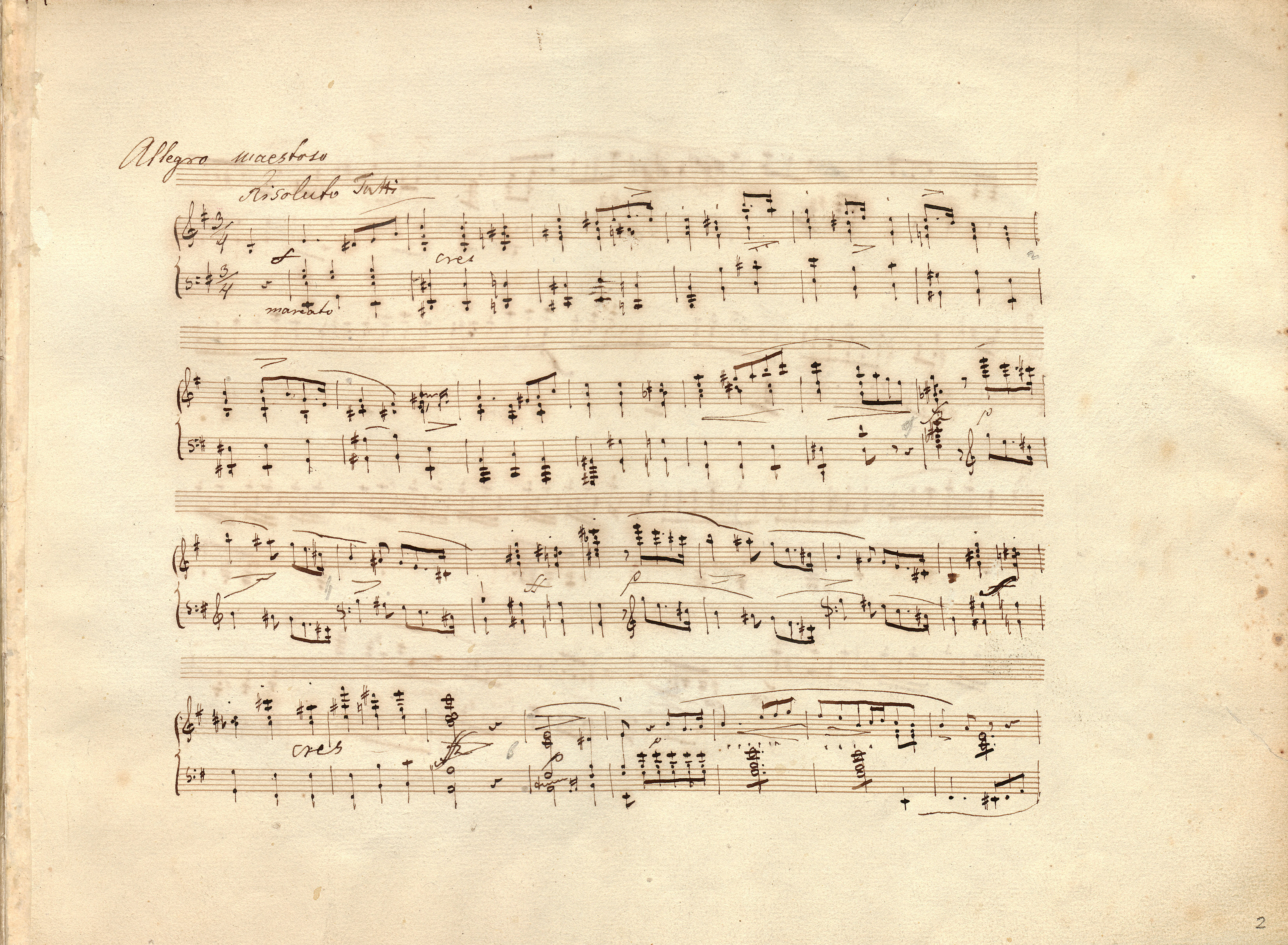




The dynamic mark is written in Atut between two chords, so that in the majority of the sources it was assigned to the 3rd beat of the bar. According to us, however, the texture clearly indicates that the new dynamics should be valid already from the 1st chord, which is confirmed by the indications in the orchestral parts. Therefore, the notation of Atut is an example of a manner of placing marks within the range of their validity, sometimes used by Chopin. Due to this reason, in the main text we give  on the 2nd beat of the bar. Such an interpretation was applied also in GE3. There is a similar situation in bar 20.
on the 2nd beat of the bar. Such an interpretation was applied also in GE3. There is a similar situation in bar 20.
Compare the passage in the sources»
category imprint: Interpretations within context; Differences between sources
issues: GE revisions, Centrally placed marks
notation: Verbal indications





